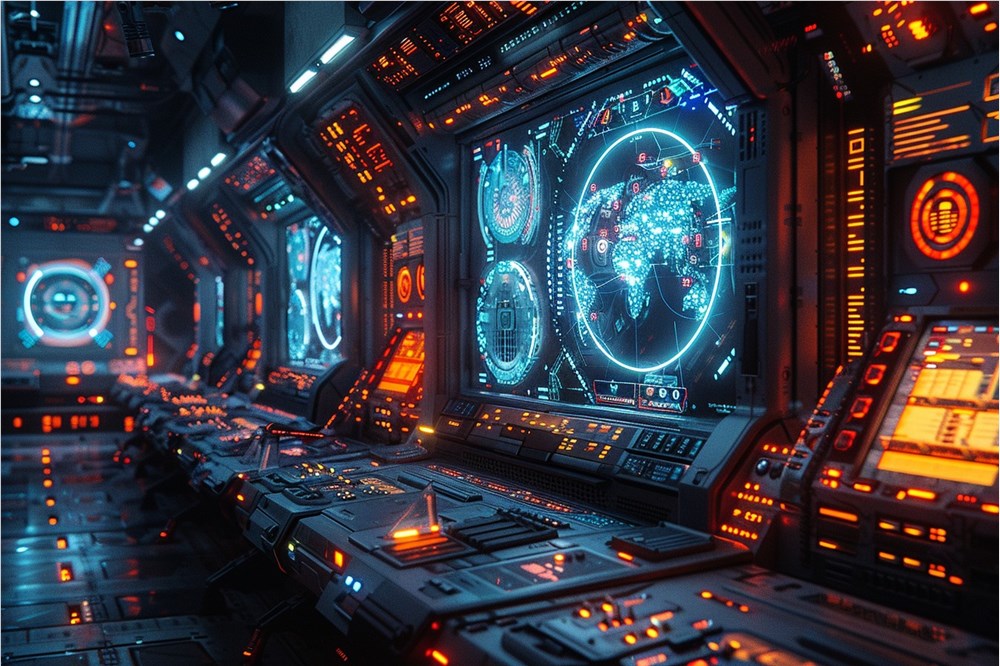Although OpenAI The recently launched model GPT-4o is a major breakthrough in the field of Large Language Models (LLMs), but the company is already working on its next flagship model. GPT-5Many people were expecting OpenAI to launch the highly anticipated GPT-5 before the release of GPT-4o. To clarify this speculation, CEO Sam Altman even posted on X that "it's not gpt-5, nor is it a search engine."

Now, just two weeks later, in a blog post, OpenAI announced the formation of a new Safety and Security Committee, which will provide safety and security advice to the OpenAI board of directors. In the blog post, the company confirmed that it is training its next flagship model, most likely referring to GPT-4's successor, GPT-5. The company said: "OpenAI recently began training its next cutting-edge model, and we expect the resulting system will take us to new levels of capability on the path to artificial general intelligence (AGI)."
While it may be months or even longer before GPT-5 is available to customers because training LLM models takes a long time, here are some of the things to expect from OpenAI’s next-generation model, from least exciting to most.
1. 🎯 Higher Accuracy: Based on past trends, we can expect GPT-5 to become more accurate in its answers as it will be trained on more data. Generative AI models, like ChatGPT, provide answers by using their training data. Therefore, the more training data a model receives, the better the model is at generating coherent content and the performance will improve. With each model release, the amount of training data increases. For example, GPT-3.5 was reportedly trained with 175 billion parameters, while GPT-4 was trained with 1 trillion parameters. We will likely see an even bigger leap when GPT-5 is released.
2. 🌟Increase multimodality: Based on the differences between each major flagship model, such as GPT-3.5, GPT-4, and GPT-4o, we can predict the capabilities of GPT-5. With each upgrade, the model becomes smarter, with many upgrades, including price, speed, context length, and modality. GPT-3.5 can only input and output text. GPT-4Turbo can input text and images to get text output. GPT-4o can input a combination of text, audio, images, and videos, and receive output of any combination of text, audio, and images. Following this trend, the next step for GPT-5 will be to support video output. OpenAI launched the text-to-video model Sora in February, which may be integrated into GPT-5 to achieve video output.
3. 🤖 Achieve Autonomous General Intelligence (AGI): Chatbots are undoubtedly impressive AI tools that can help people complete many tasks, including generating code, Excel formulas, articles, resumes, applications, charts and tables, etc. However, we increasingly want AI to know what we want and complete tasks with minimal instructions, that is, artificial general intelligence (AGI). With AGI, users can ask the agent to complete a goal, and it can complete the task through reasoning and planning. For example, in an ideal situation, if GPT-5 has AGI, users can ask "help me order a burger from McDonald's", and the AI will be able to complete a series of tasks, including opening the McDonald's website and entering your order, address, and payment method. All you have to worry about is eating the burger.
As the next frontier in AI, AGI could completely elevate the type of assistance we get from AI and change the way we think about assistants. We will no longer rely on AI assistants to tell us what the weather is like, they will be able to help us complete tasks from start to finish, which is something we can expect.